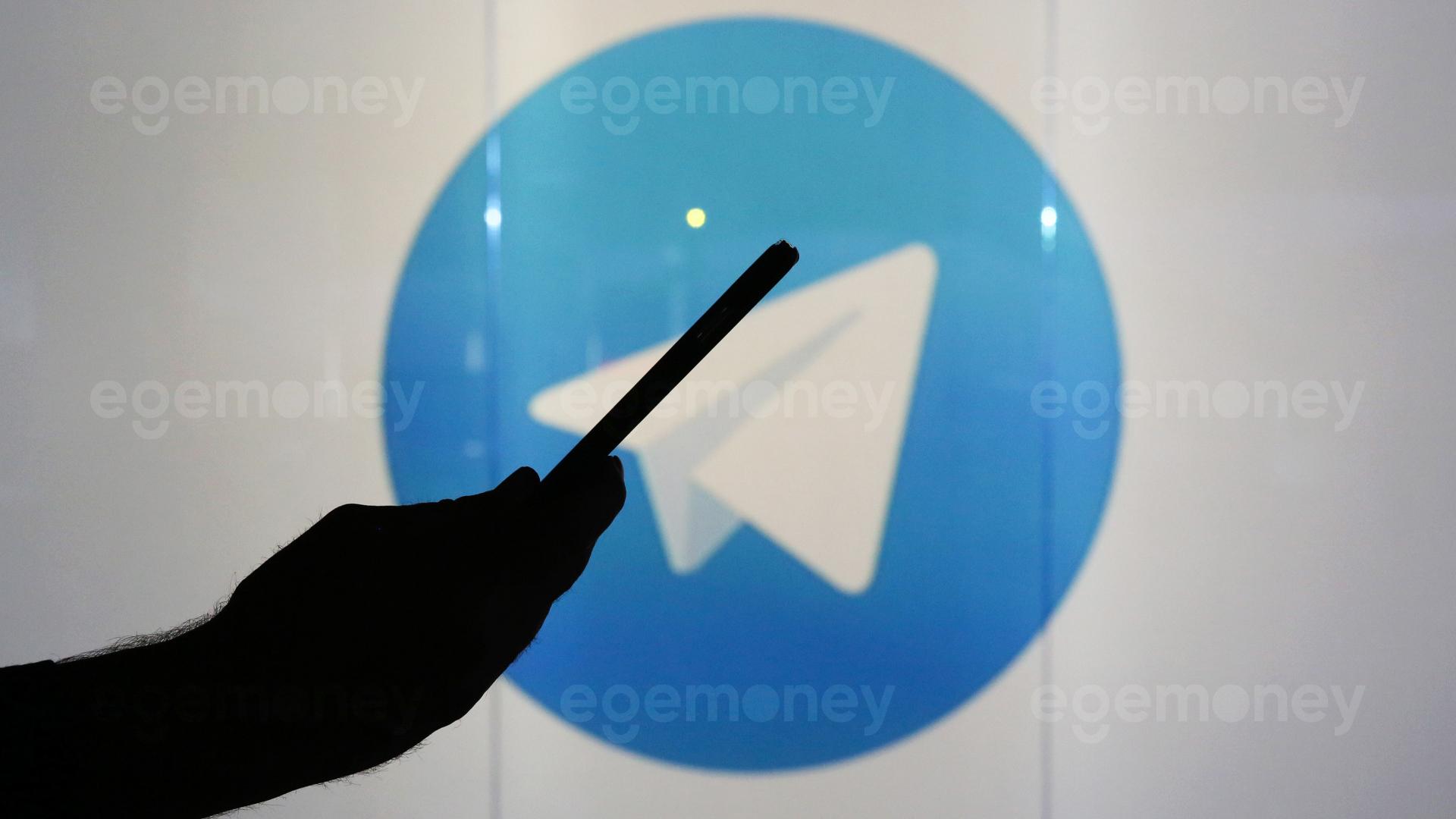In the Telegram app, users can directly pay sellers using Tether, Toncoin, and Bitcoin. Payments can be made through sellers’ bots or web apps using Wallet Pay on Telegram.
Wallet, a crypto and payment solution built on The Open Network (TON) and integrated into Telegram, introduces Wallet Pay, allowing users to make payments using Bitcoin, Tether, and Toncoin.
Sellers and Wallet Pay users can use crypto assets to make instant and secure payments for goods and services. According to a statement provided by the TON Foundation, “A smooth and straightforward payment process can be completed with just a few taps within the seller’s bot or web application on Telegram.”
The TON Foundation is a nonprofit organization composed of individuals who support and contribute to the development of the TON blockchain.
Telegram Has 700 Million Users
Wallet Pay users are not required to acquire cryptocurrencies beforehand and can fund their Wallet accounts using a bank card during the payment process. While Wallet Pay is primarily for transactions between consumers and sellers, peer-to-peer crypto transfers among users are also possible through the @wallet bot on Telegram.
The TON Foundation stated that the integration will provide sellers access to Telegram’s broad user community, which consists of over 700 million individuals.
Andrew Rogozov, a founding member of the TON Foundation, said in the statement, “Different businesses can benefit from the seamless payment solution of Wallet Pay by leveraging the Telegram and TON ecosystems. By developing and introducing this frequently requested functionality, we are taking another step towards the widespread adoption of cryptocurrency, which is TON’s core mission.”
Users can try out the public beta version of Wallet Pay through the Wallet Pay bot or apply as a seller via the website for more updates on the scaling and availability of the technology.
The Open Network was initially designed by the founders of Telegram Messenger in 2018 and later handed over to the TON community for development.
Last month, the TON Foundation proposed a burning mechanism for the TON network, suggesting the burning of 50% of transaction fees.







